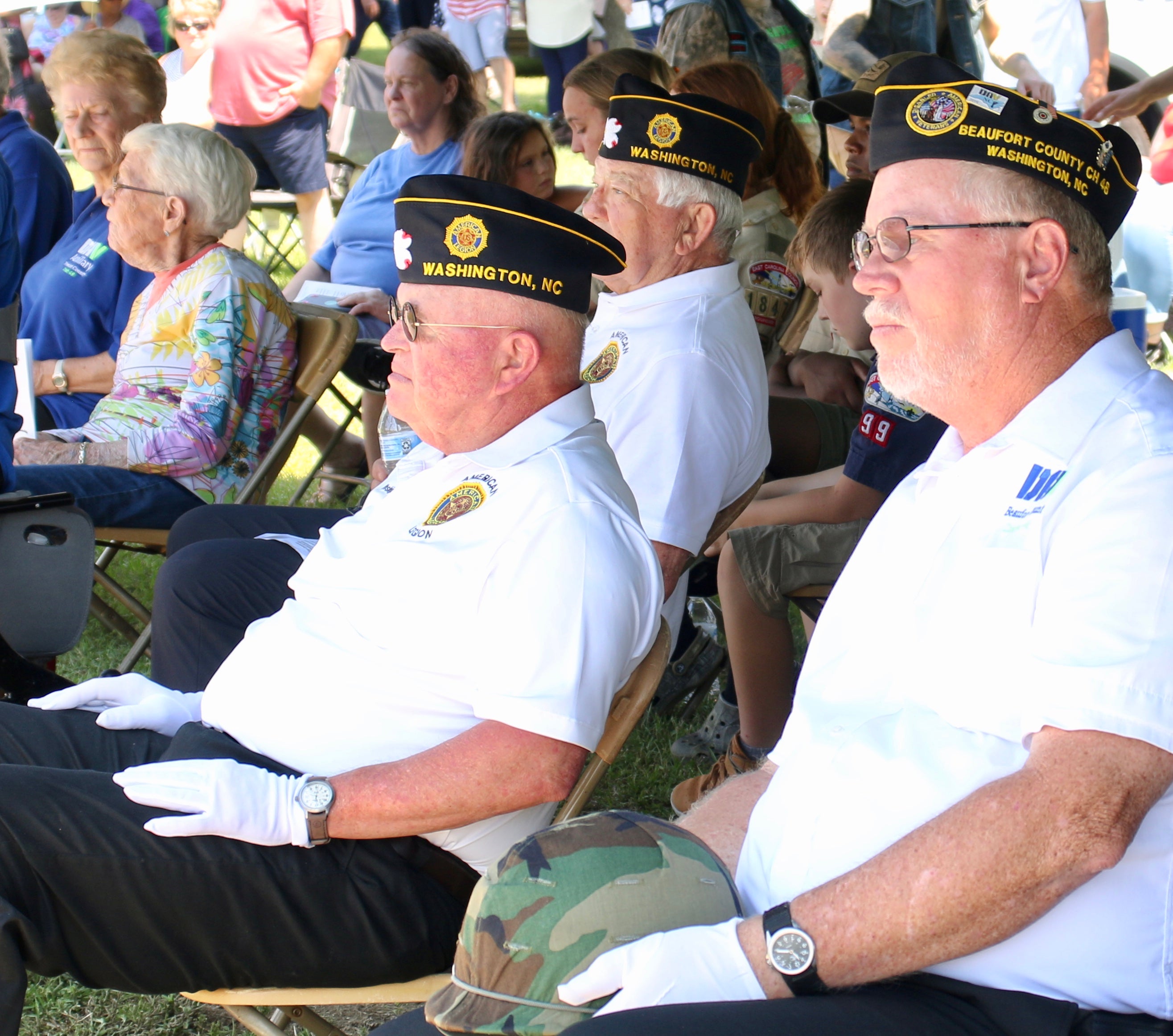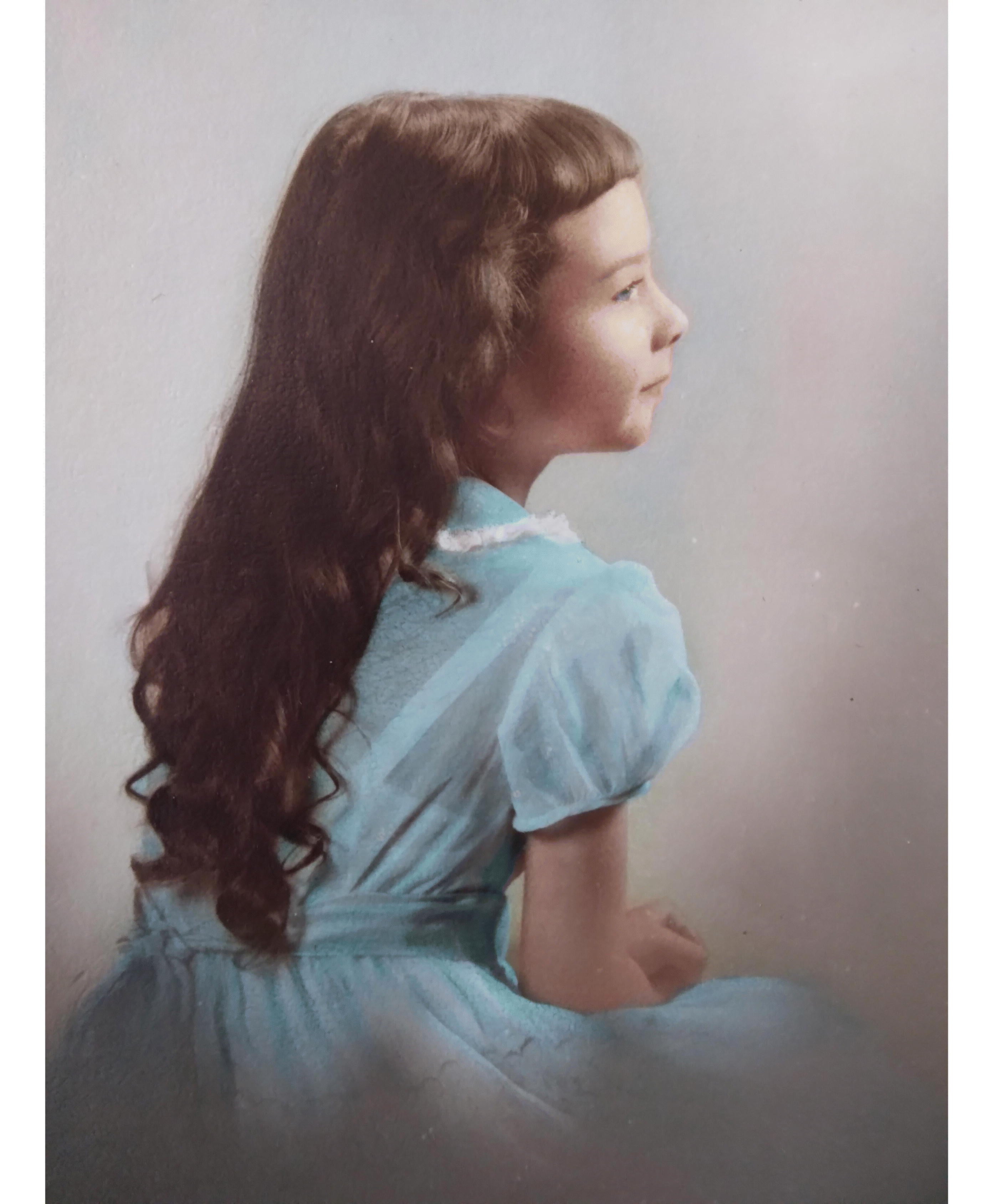A Tough day that was as easy as it gets at the Open
Published 7:18 am Friday, June 15, 2007
By By DOUG FERGUSON, AP Golf Writer
OAKMONT, Pa. — Oakmont was as easy as it gets. The U.S. Open was as tough as ever.
Even with a half-inch of rain on the eve of the championship and several hole locations that showed a compassionate side of the USGA, Nick Dougherty and Angel Cabrera were the only players who managed to break par Thursday in an opening round that left players wondering if the worst was ahead of them.
Dougherty, a 25-year-old from England, played in the fourth group of the still morning and quickly raised hopes of ending a European drought in the majors that stretches back to 1999. He took only 11 putts on the back nine in his round of 2-under 68, a score not many thought possible earlier in the week.
Cabrera was one of only two players who reached 3 under, and lost a share of the lead with a bogey on the 313-yard 17th.
Two-time Masters champion Jose Maria Olazabal shot even-par 70, while the large group at 71 included Tiger Woods, defending champion Geoff Ogilvy, Jim Furyk and Vijay Singh.
Woods holed a 12-foot birdie putt on the sixth hole that put him 1 under, his first time in red numbers at this major since the second round at Pinehurst No. 2 in 2005. He gave it back two holes later and never caught up to par.
With greens that Olazabal described as rock-hard only a day ago, Oakmont was softened by the Wednesday night thunderstorms and cloud cover through the better part of the morning. The greens were still fast, but players had to guard against too much spin with a wedge in their hands, and some longer irons didn’t roll too far away.
Phil Mickelson didn’t make a birdie in his round of 74. He didn’t break his wrist, either.
It was his highest opening round at the U.S. Open in 10 years, and all things considered, it wasn’t too bad. Mickelson, dealing with inflammation in his left wrist that requires him to wear a brace, played 18 holes for the first time since he won The Players Championship. He didn’t have many looks at birdie, but he played the final eight holes without a bogey.
There wasn’t anything too crazy at Oakmont, other than Tom Byrum hitting through the ninth green and into one of the holes on the putting green. He got a free drop and escaped with par.
There weren’t too many spectacular crashes, just high scores. Seventeen players failed to break 80, while Sergio Garcia parred his last three holes to shoot 79. Masters champion Zach Johnson shot 76 and wasn’t sure what to think about it.
He was far from alone. In all, 28 players failed to make a single birdie.
Oakmont could not have been more gentle when Ken Duke opened the 107th championship by pulling his tee shot to the left and still managing to make a birdie. The greens were receptive from the downpour Wednesday night and morning dew. The overcast skies made the course at least feel vulnerable.
Some guys even entertained the idea of attacking.
David Toms was 3 under with six holes left in his opening round when he found one too many bunkers, hit one too many shots into the rough. Before he knew it, he had five more bogeys on his card for a 72.
It was a score he gladly would have taken earlier in the week. But a lot of players felt that way.
Ernie Els, a playoff winner when the U.S. Open last came here in 1994, was 1 under par as he headed for the turn, then the birdies dried up and the bogeys kept flowing.
No one was talking that way when they arrived to find firm fairways and frightening greens, the trademark at Oakmont. When the defending champion played a practice round a week ago, he figured 10-over 290 would be enough to win by five shots.
Woods had few complaints with his start, especially the way he finished. He now has gone five straight rounds in the majors without breaking par, but he was fortunate to be only 1 over. Woods had to make an 8-foot par putt on the 16th, made a nifty pitch for birdie on the short 17th, then gouged a chip out of the deep rough around the 18th green to 3 feet for another par save.
That was important because of what Oakmont offers, which is not much. Woods spoke of golf courses and major championships where a player can pick up an easy birdie. But not at Oakmont.
What it left was a bunched leaderboard, only two players in red numbers, starting with Dougherty.
Europe might own the Ryder Cup, but it has not produced a major champion since Paul Lawrie in the 1999 British Open at Carnoustie. The last British player to win the U.S. Open was Tony Jacklin in 1970 at Hazeltine.
Indeed, there is a long way to go, and Oakmont doesn’t figure to get any easier.




